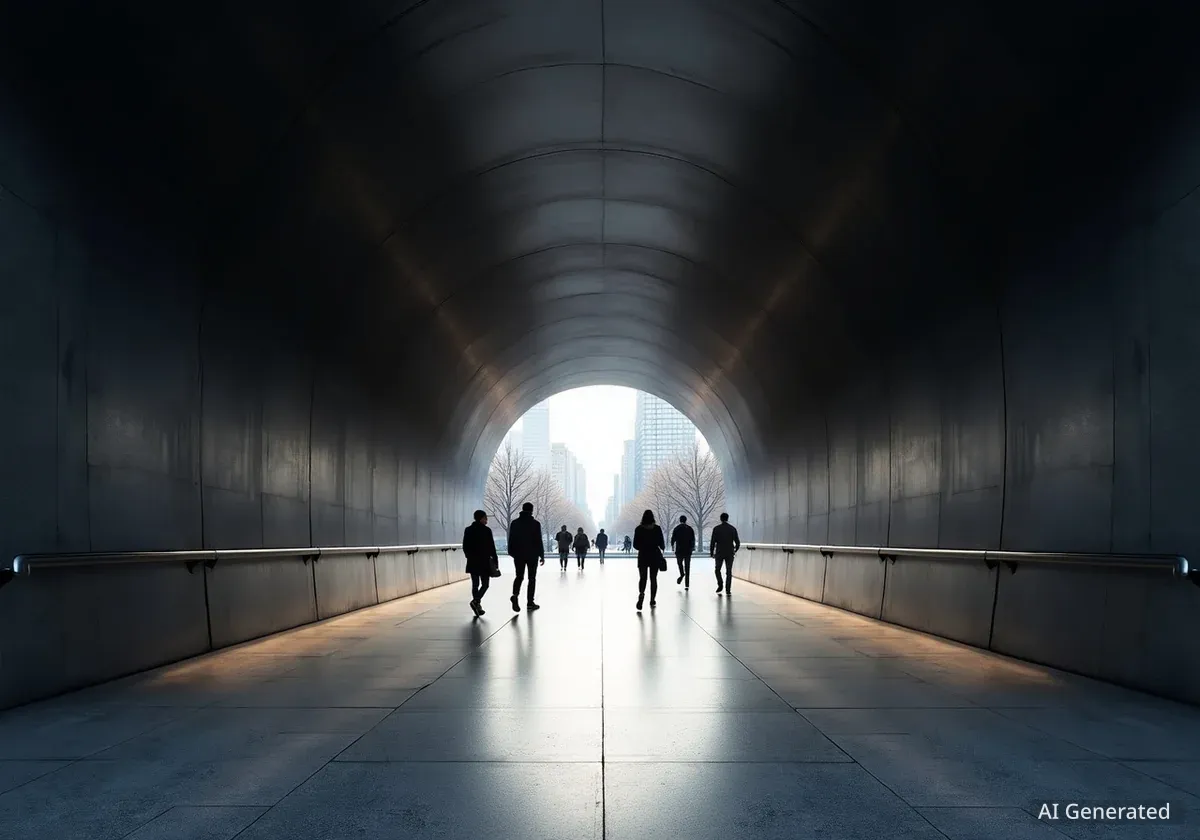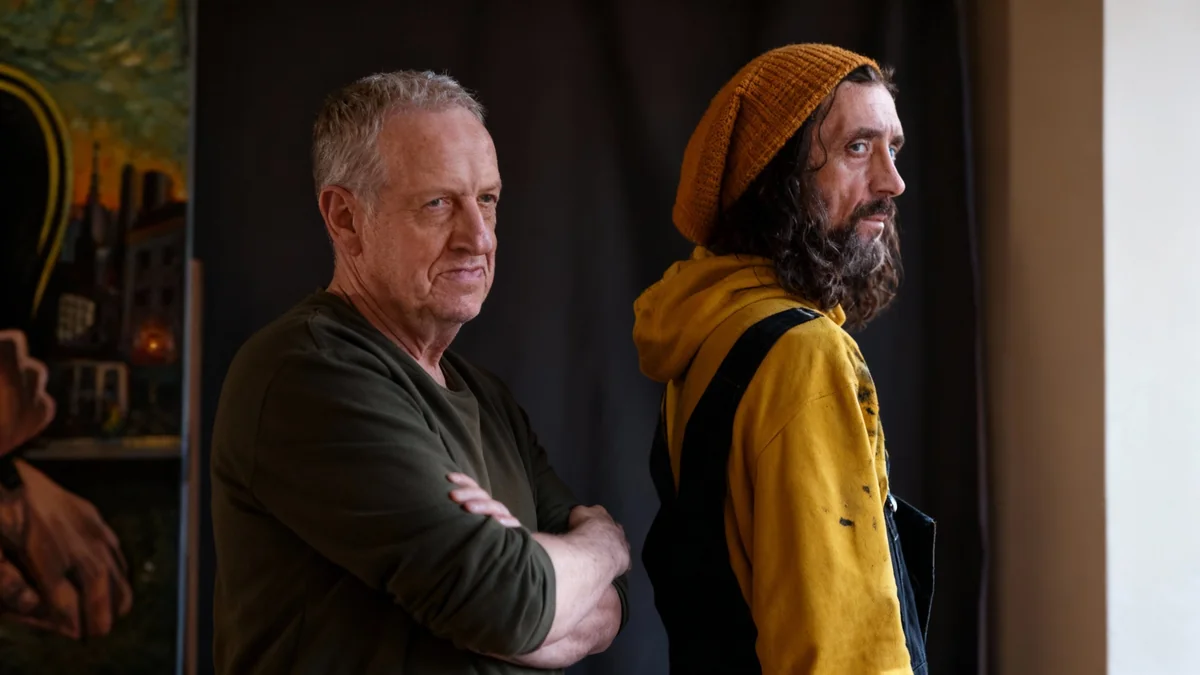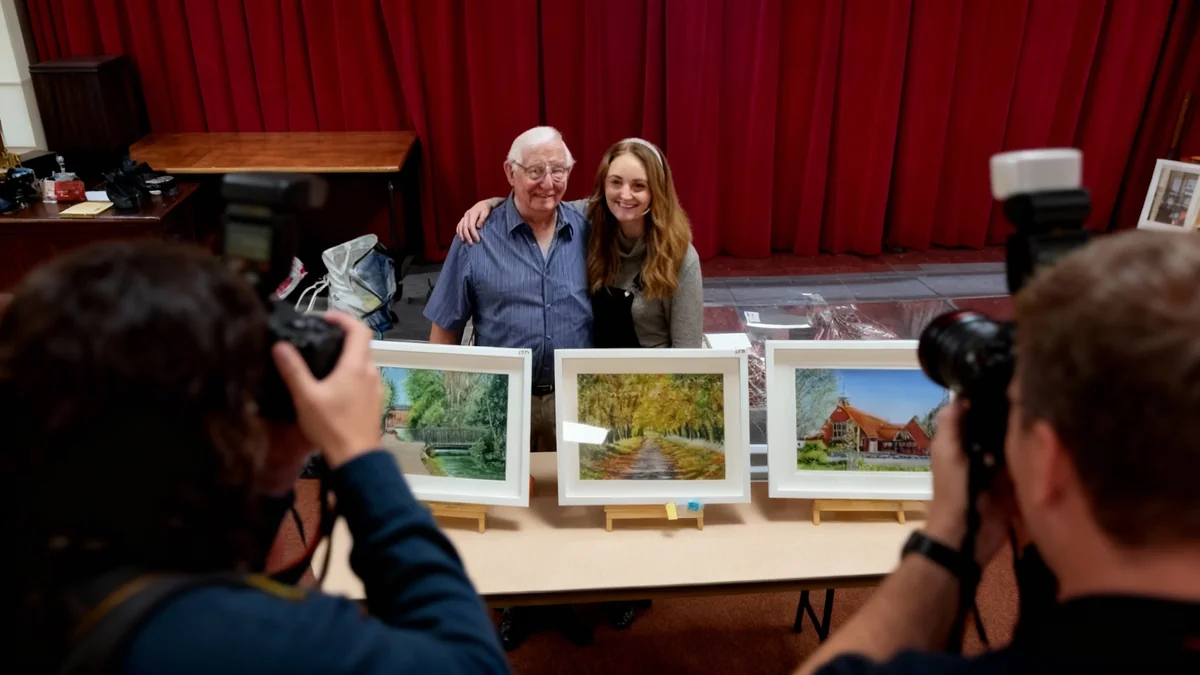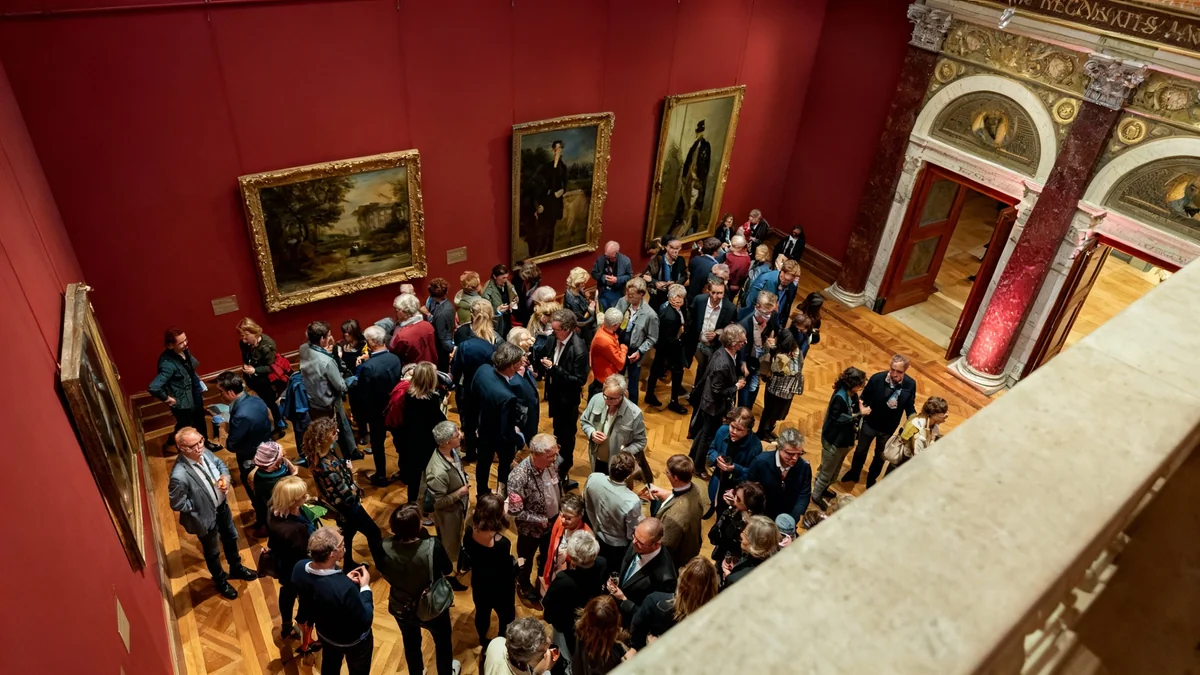Artist Anish Kapoor has created two distinct entrances for the Monte Sant’Angelo subway station in central Naples, Italy. These new architectural sculptures explore themes of going underground, drawing inspiration from the region's historical and mythological connections to the underworld. The project combines art and infrastructure, offering a unique experience for commuters.
Key Takeaways
- Anish Kapoor designed two new entrances for Naples' Monte Sant’Angelo subway station.
- The designs explore the concept of the 'underworld,' referencing local myths and Dante's 'Inferno.'
- One entrance features weathered steel, suggesting a bodily form; the other uses smooth, tubular steel.
- Kapoor's work integrates mythological objects, the body, and the void within an urban setting.
- The project represents a significant blend of sculpture and architecture.
Art Meets Ancient Mythology in Naples
Naples, a city near Mount Vesuvius, holds a deep connection to ancient Roman beliefs about the underworld. Lake Avernus, located west of the city in a volcanic crater, was historically considered a gateway to Hades. This rich mythological background influenced Kapoor's approach to the subway station design.
Kapoor stated,
“In the city of Mount Vesuvius and Dante’s mythical entrance to the Inferno, I found it important to try and deal with what it really means to go underground.”His vision aimed to transform the functional act of descending into a subway into a profound experience, reflecting the area's historical context.
Historical Context
Lake Avernus, a volcanic crater lake, was known to ancient Romans as the entrance to the underworld. Its Latin name is even synonymous with 'hell.' This belief was echoed in later literature, notably in Dante Alighieri's 'Inferno,' cementing its place in cultural history as a portal to the mythical realm of Hades.
Kapoor's Signature Style in Public Art
Anish Kapoor is widely recognized for his large-scale sculptures and installations. His work often evokes strong psychological responses and explores fundamental concepts. For example, his piece 'Descension' features a continuously swirling whirlpool of black water, creating a sense of infinite depth.
Another notable work, 'Svayambhu,' involves a large, wax-like slab moving through a doorway, referencing the Sanskrit term for 'self-born.' Perhaps his most famous public artwork is 'Cloud Gate,' affectionately known as 'The Bean,' a highly reflective sculpture in downtown Chicago that distorts its surroundings.
Exploring Dualities and the Void
The design for the Monte Sant’Angelo station entrances integrates three core themes prevalent in Kapoor's artistic practice: the mythological object, the body, and the void. These themes are presented in a powerful and integrated manner, according to project statements.
Kapoor has long been interested in dualistic relationships. His new subway entrances explore contrasts such as internal versus external experiences and the interplay of lightness and darkness. This approach creates a dialogue between the individual and the surrounding environment.
Artist's Vision
- Kapoor's design process for the Naples station began over two decades ago.
- The project focuses on the psychological experience of entering an underground space.
- His work frequently uses materials like steel and wax to create a sense of scale and presence.
Two Entrances, One Dialogue
The Monte Sant’Angelo station features two distinct entrances, each designed to interact with the other. One entrance is constructed from weathered steel. This material has a rusty patina, giving it an amorphous, almost organic quality that suggests a bodily form. Its appearance evokes a sense of age and natural erosion.
The second entrance provides a contrast. It is made from tubular steel, presented with a smoother, cleaner finish. This structure hovers above travelers, appearing as a mysterious system or a gigantic conduit. Both designs are intended to create a sense of wonder and contemplation as people enter or exit the station.
"The station is a remarkable symbiosis of sculpture and architecture, a dynamic that has always been a central force in Kapoor’s work," a project statement highlights. "Kapoor’s work both holds and creates the new space in which it is experienced."
Integration of Art and Urban Infrastructure
This project exemplifies how art can be deeply integrated into urban infrastructure. The subway entrances are not merely functional structures but also significant public artworks. They aim to enhance the daily experience of commuters by introducing a layer of artistic and philosophical engagement.
The designs encourage travelers to pause and observe their surroundings, transforming a routine journey into an encounter with art. This blending of art and architecture is a hallmark of Kapoor's career, where his sculptures often define and activate the spaces they inhabit.
Public Art Impact
Public art installations like Kapoor's subway entrances can significantly impact urban environments. They contribute to a city's cultural identity, attract tourism, and improve the aesthetic appeal of public spaces. Such projects also make art accessible to a wider audience, integrating it into daily life rather than confining it to galleries.
The Monte Sant’Angelo subway station now offers a unique journey, both physically and conceptually, thanks to Kapoor’s innovative designs. These entrances stand as a testament to the power of art to transform functional spaces into evocative experiences.




